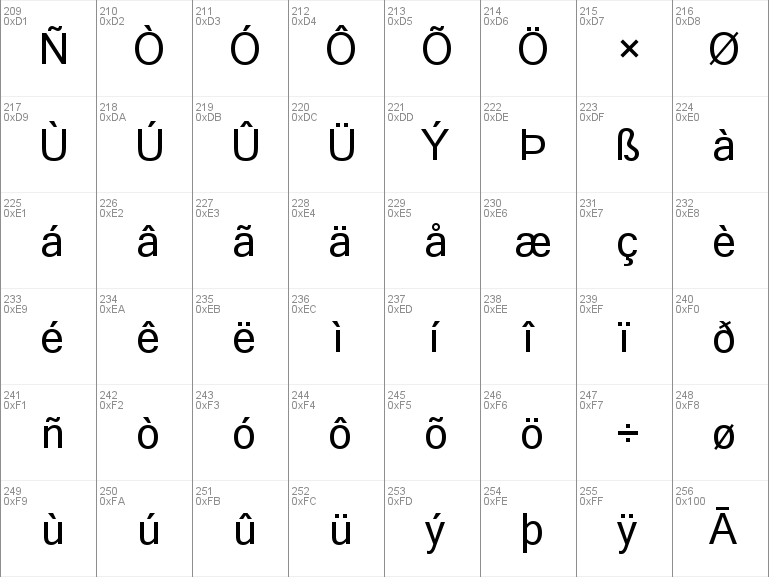
According to Thomas Curson Hansard, these were cut by London-based punchcutter Richard Austin. Georgia is a "Scotch Roman", a style that originated in types sold by Scottish type foundries of Alexander Wilson and William Miller in the period of 1810–1820. The New York Times changed its standard font from Times New Roman to Georgia in 2007. The Georgia typeface is similar to Times New Roman, another reimagination of transitional serif designs, but as a design for screen display it has a larger x-height and fewer fine details.
FREE MICROSOFT SANS SERIF FONT LICENSE
That is a bigger jump in weight than is conventional in print series." Given these unusual design decisions, Matthew Butterick, an expert on document design, recommended that organizations using Georgia for onscreen display license Miller to achieve a complementary, more balanced reading experience on paper. The bold versions of Verdana and Georgia are bolder than most bolds, because on the screen, at the time we were doing this in the mid-1990s, if the stem wanted to be thicker than one pixel, it could only go to two pixels.

were all about binary bitmaps: every pixel was on or off, black or white. Georgia's bold is also unusually bold, almost black. Its reduced contrast and thickened serifs make it somewhat resemble Clarendon designs from the 19th century. It features a large x-height (tall lower-case letters), and its thin strokes are thicker than would be common on a typeface designed for display use or the greater sharpness possible in print.

Georgia was designed for clarity on a computer monitor even at small sizes.
and then they disappeared completely." Its figure (numeral) designs are lower-case, or text figures, designed to blend into continuous text this was at the time a rare feature in computer fonts. Speaking in 2013 about the development of Georgia and Miller, Carter said: "I was familiar with Scotch Romans, puzzled by the fact that they were once so popular. As a transitional serif design, Georgia shows a number of traditional features of "rational" serif typefaces from around the early 19th century, such as alternating thick and thin strokes, ball terminals and a vertical axis.


 0 kommentar(er)
0 kommentar(er)
